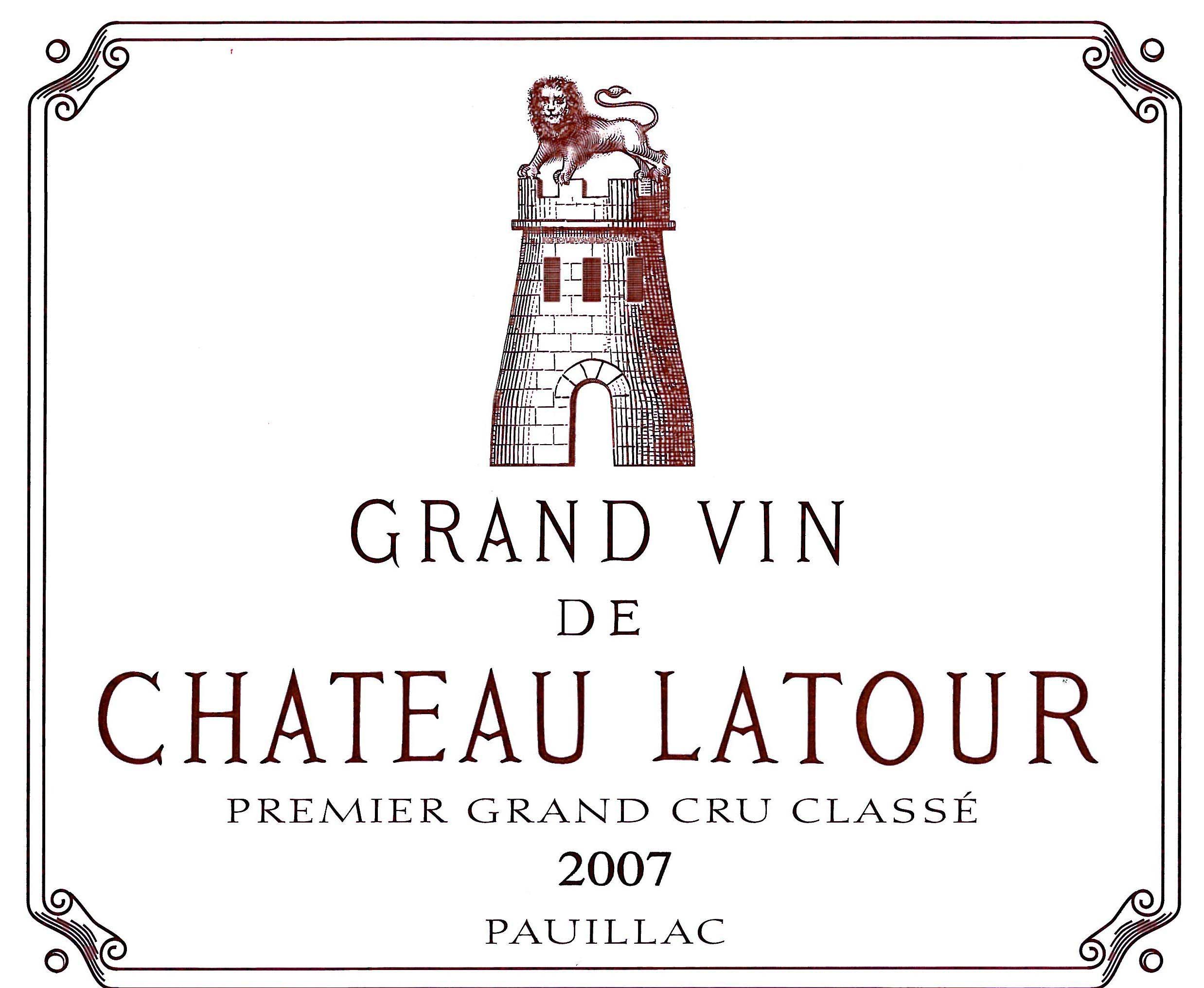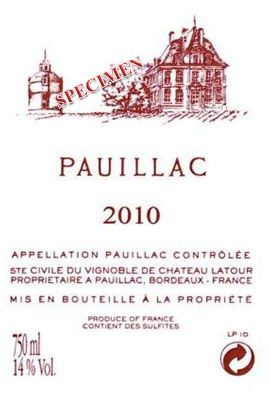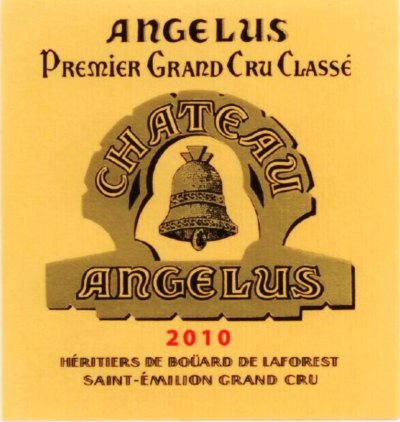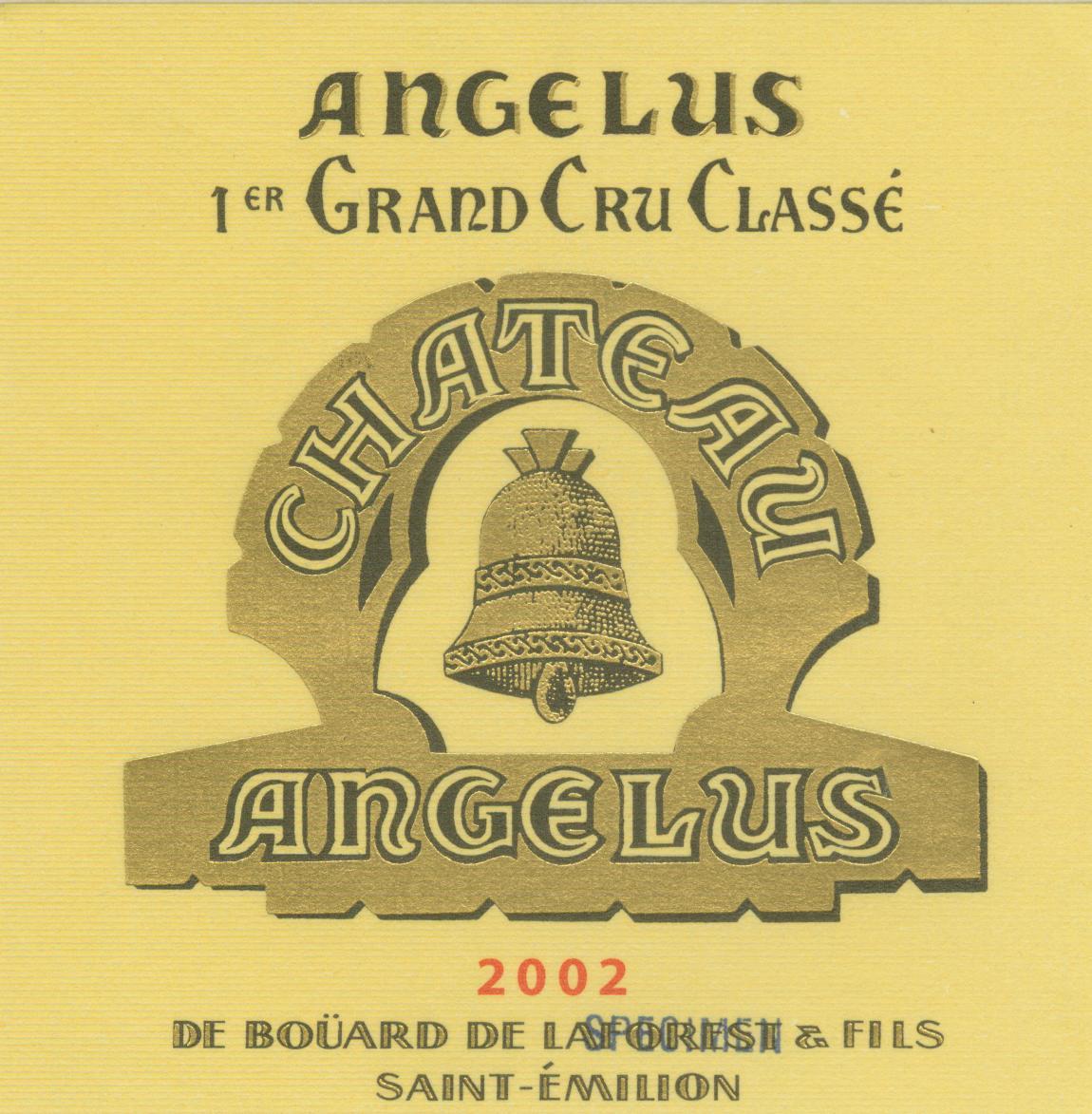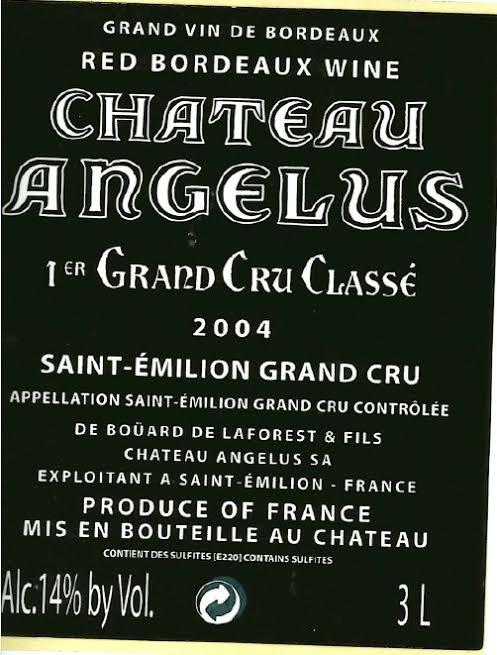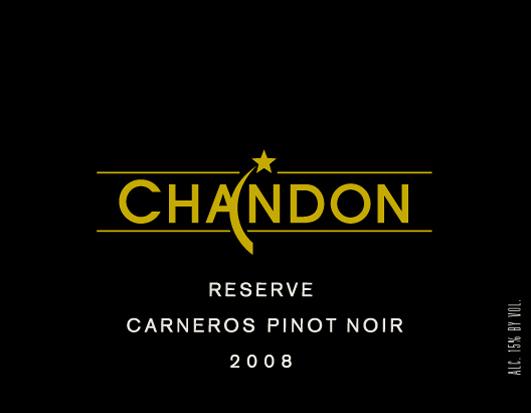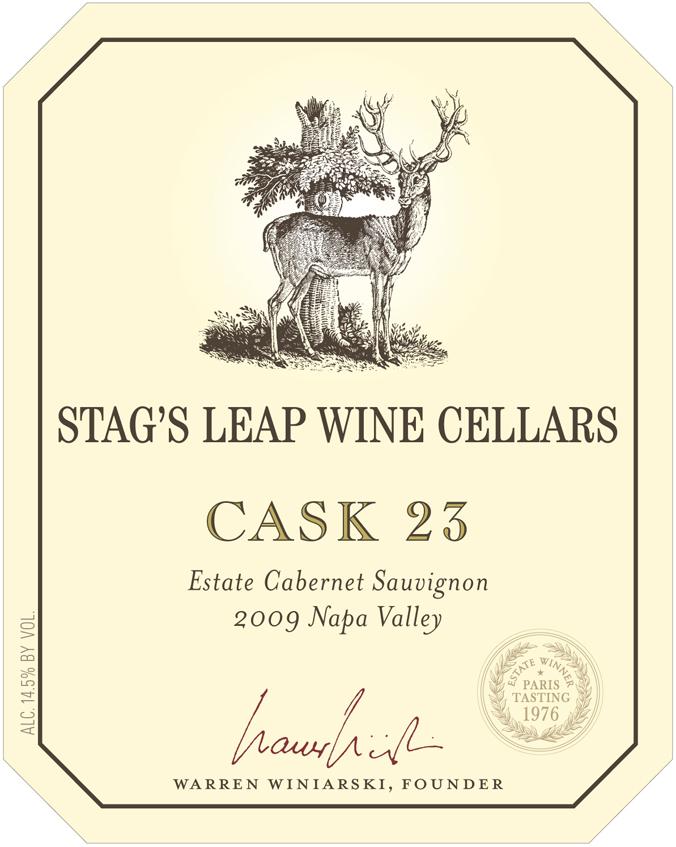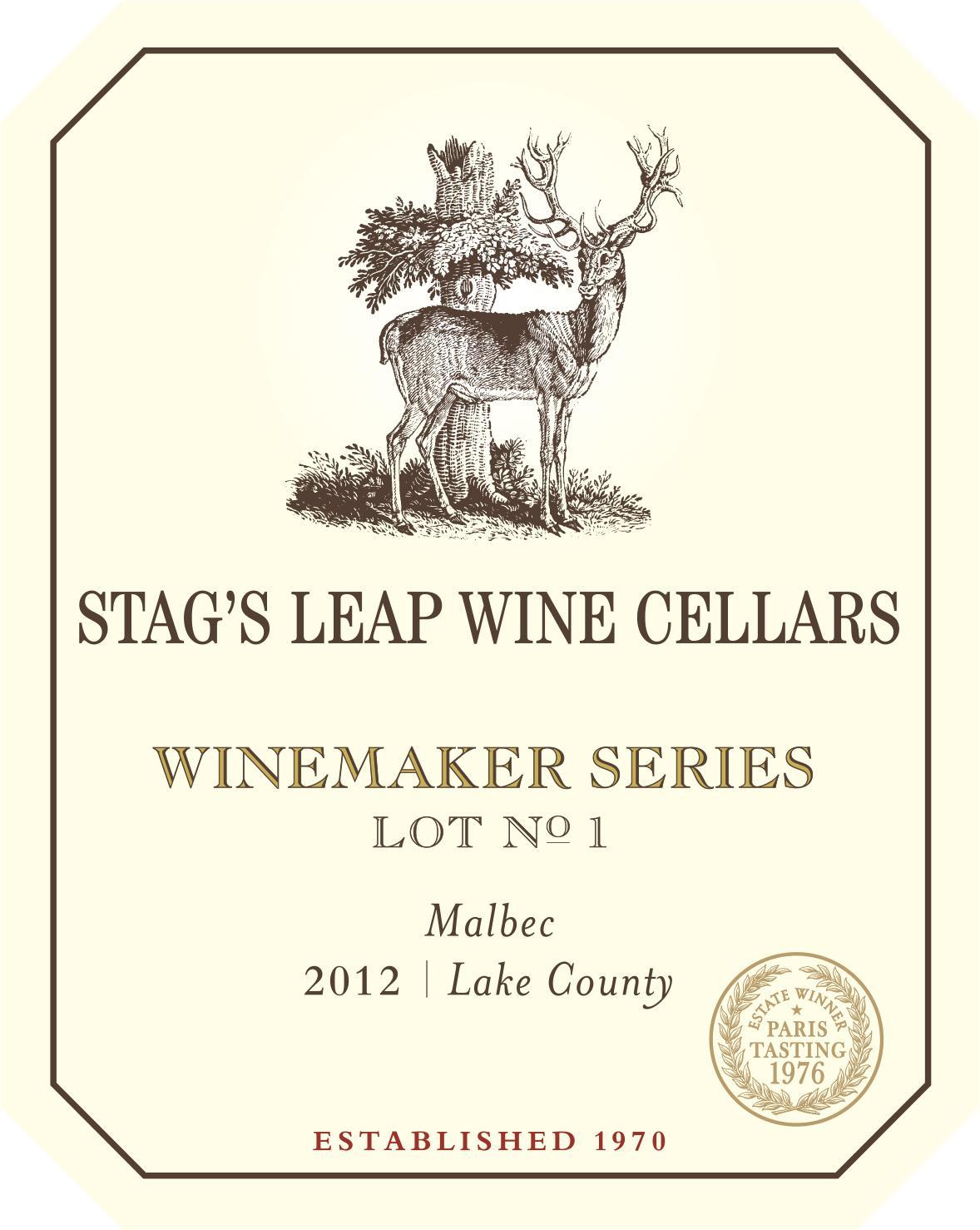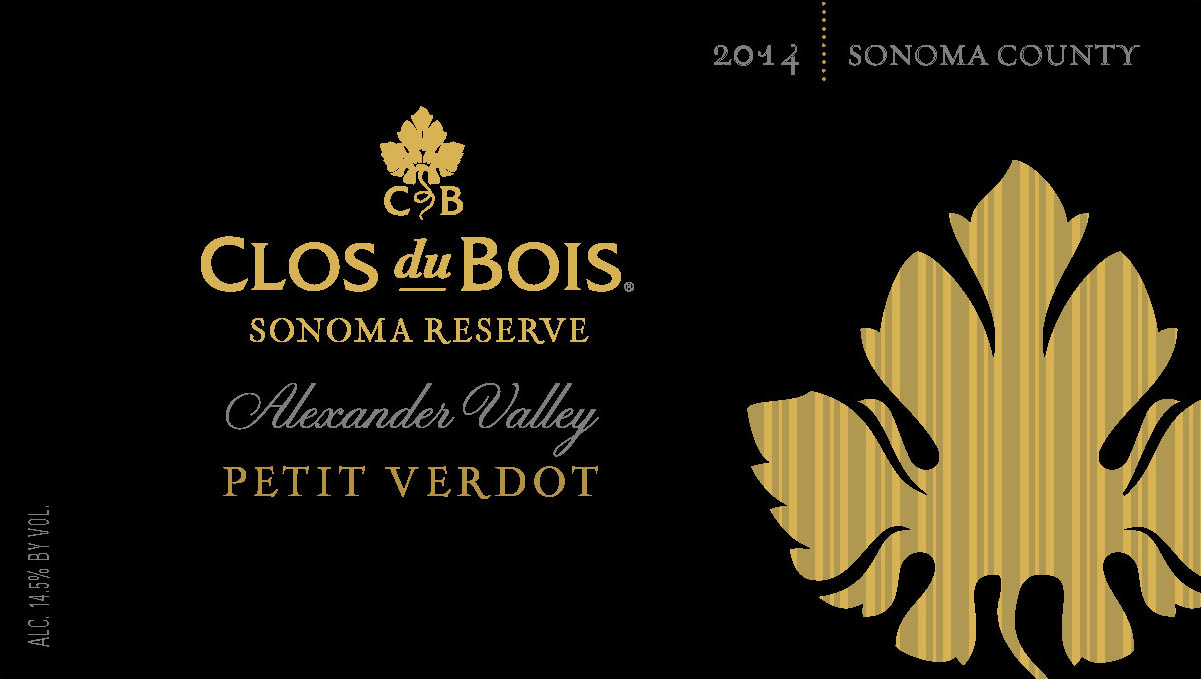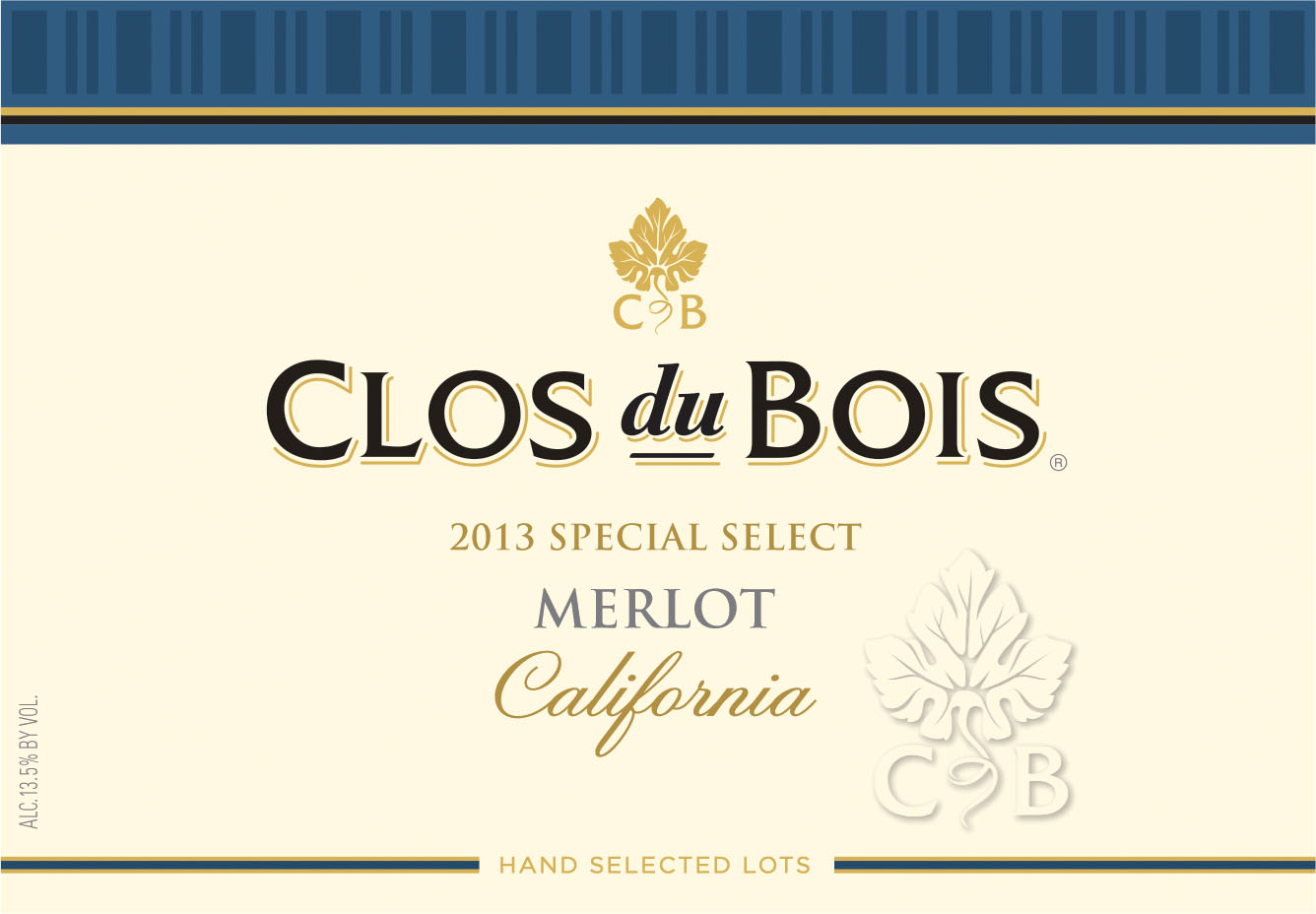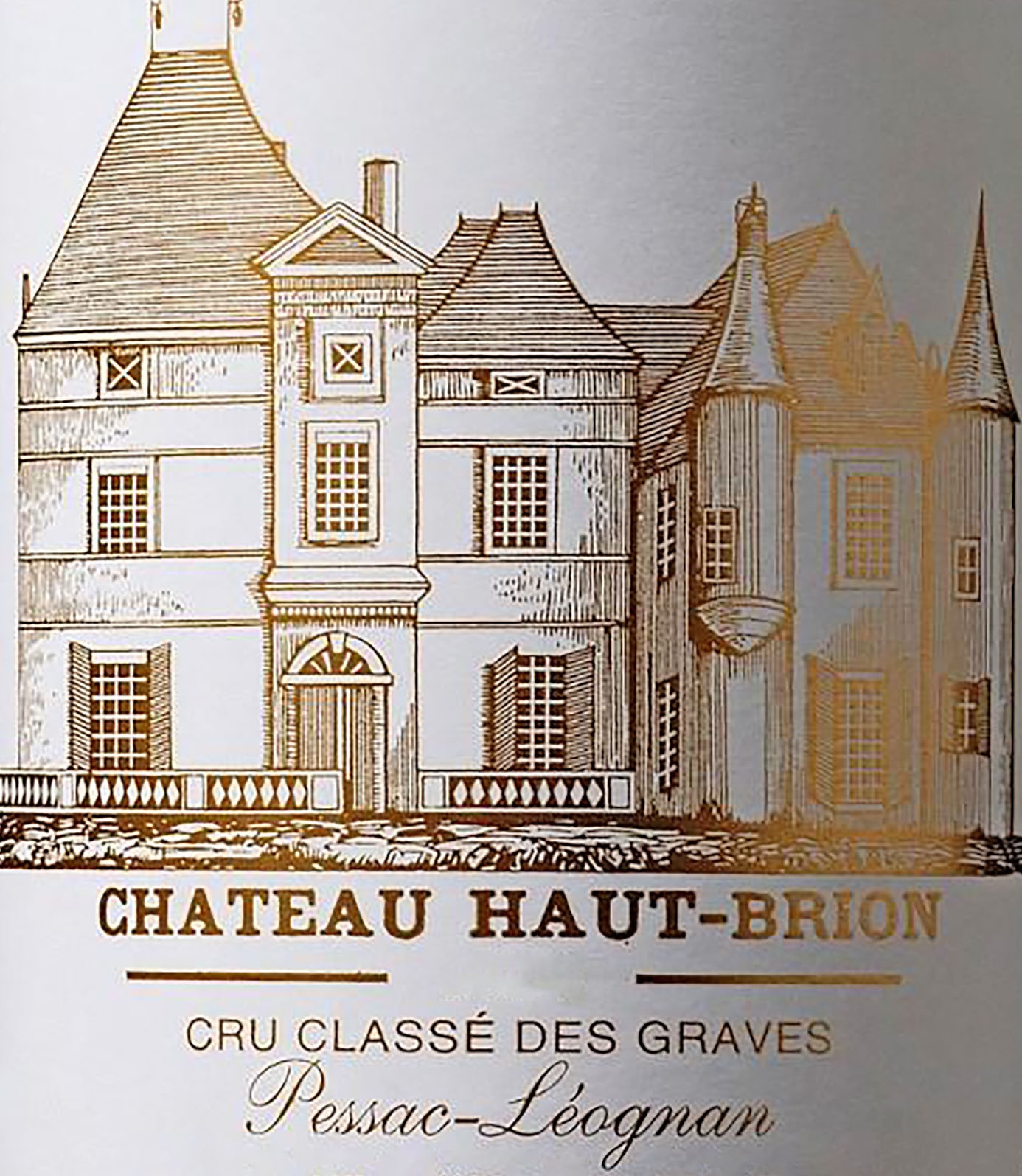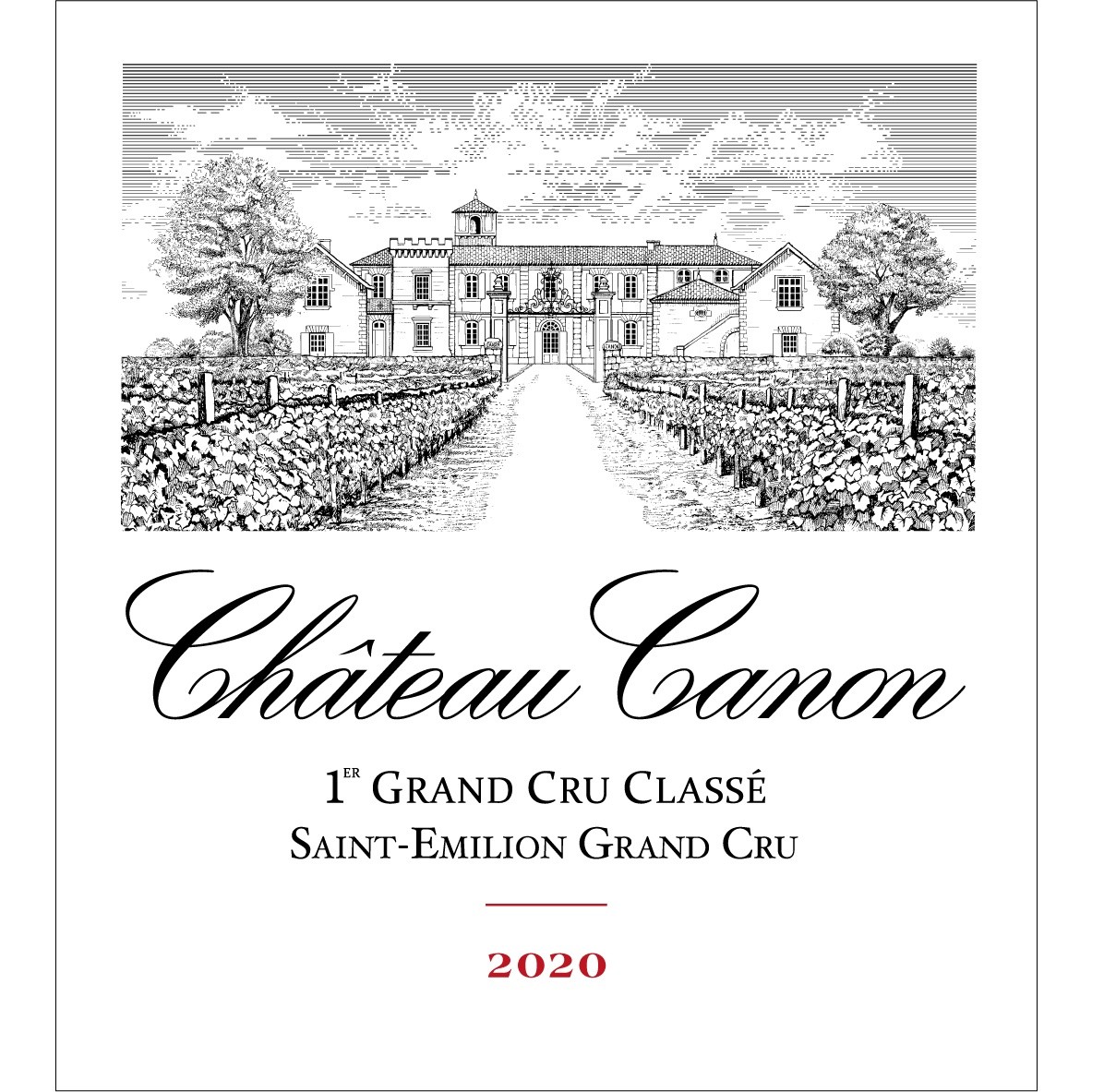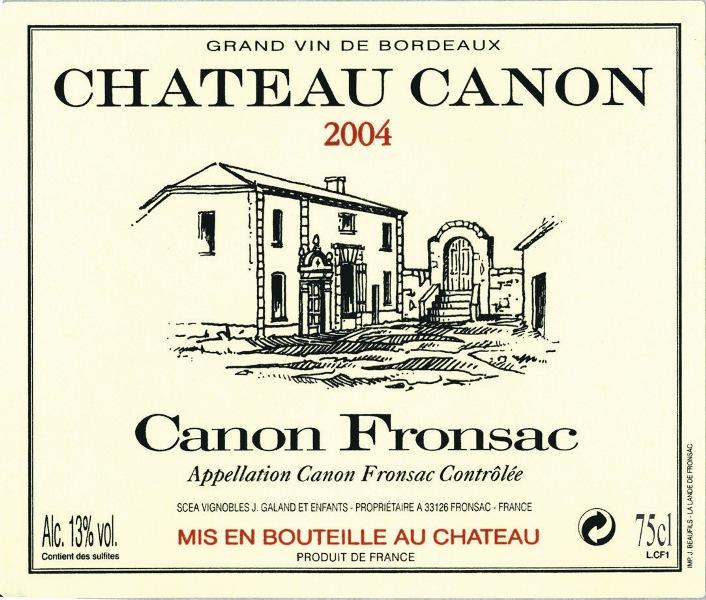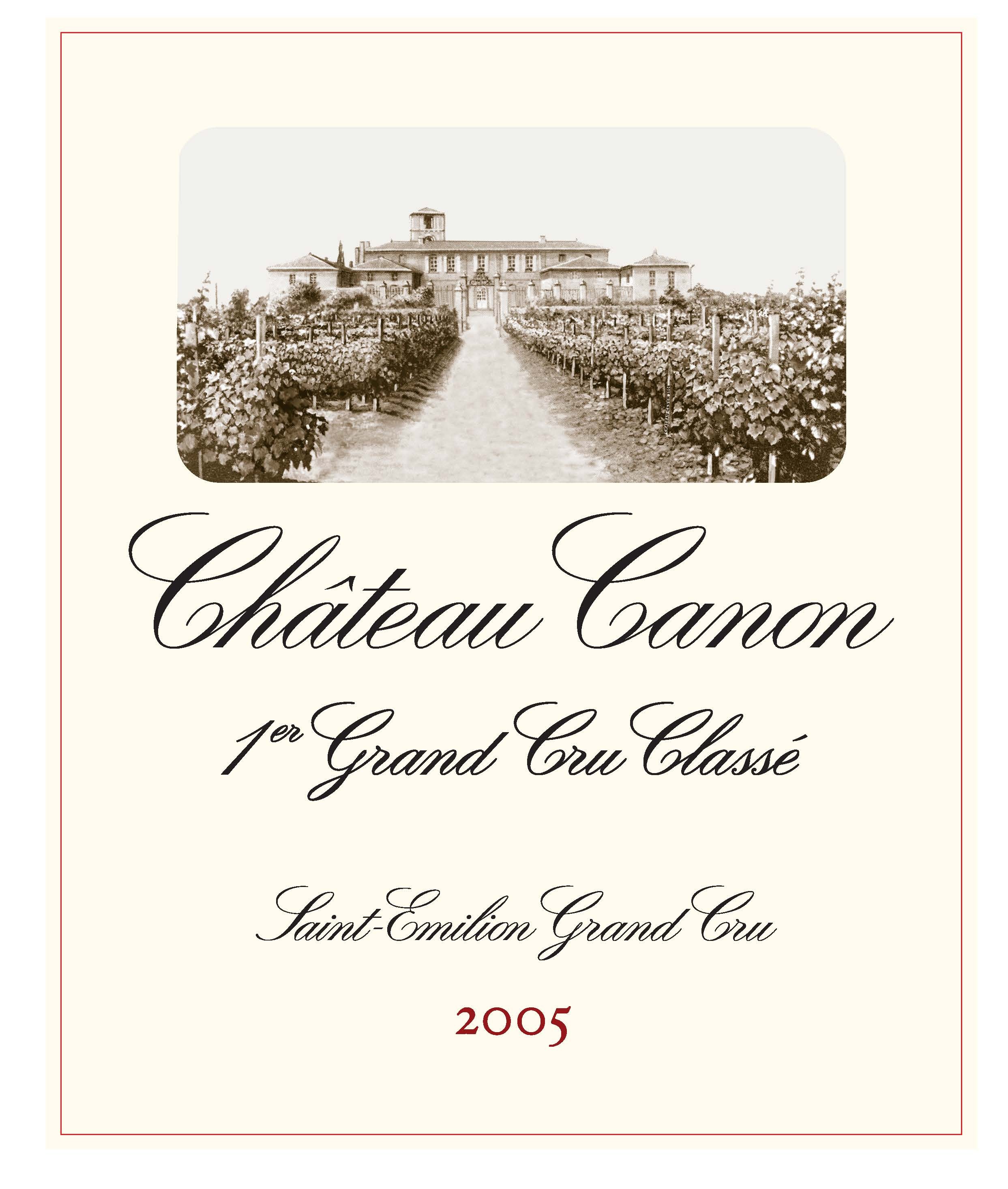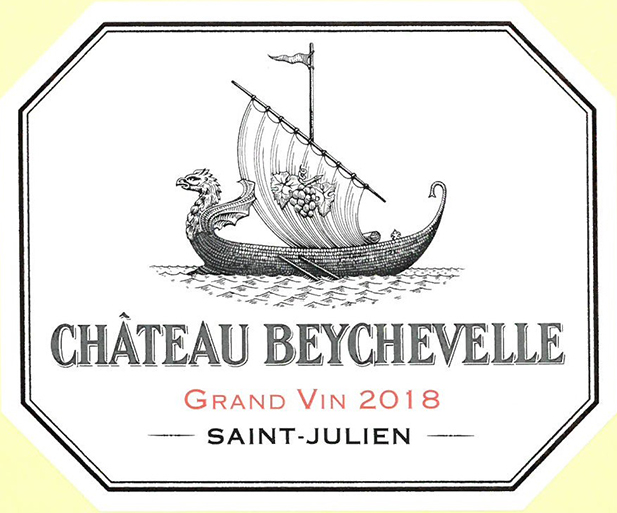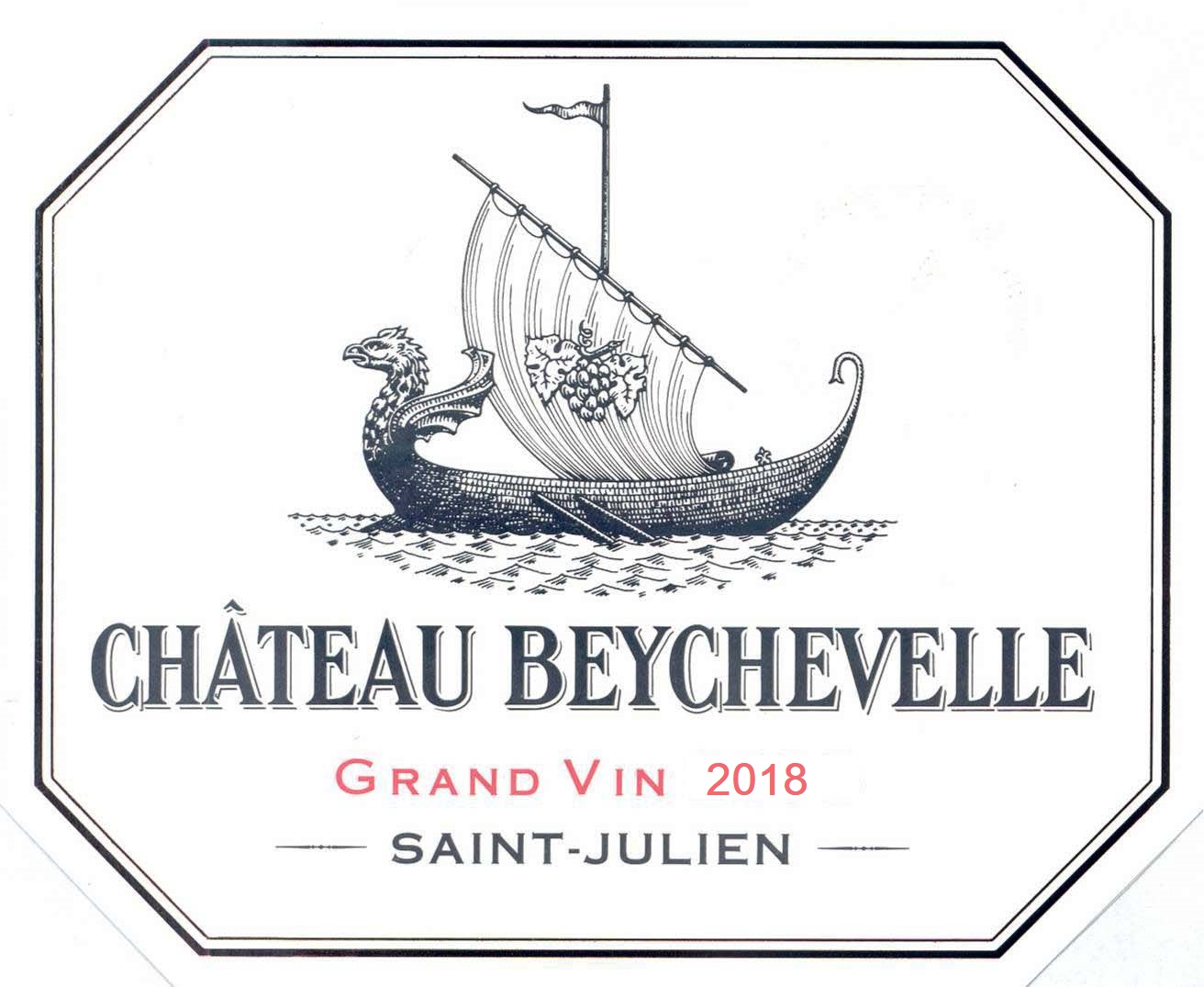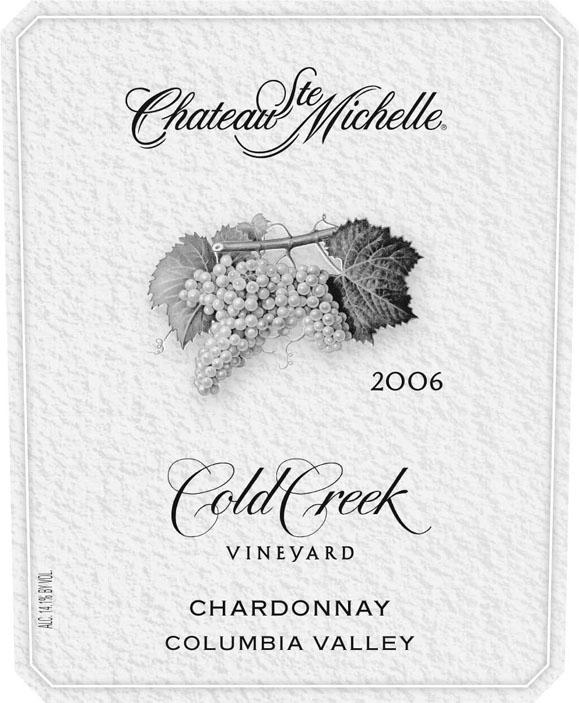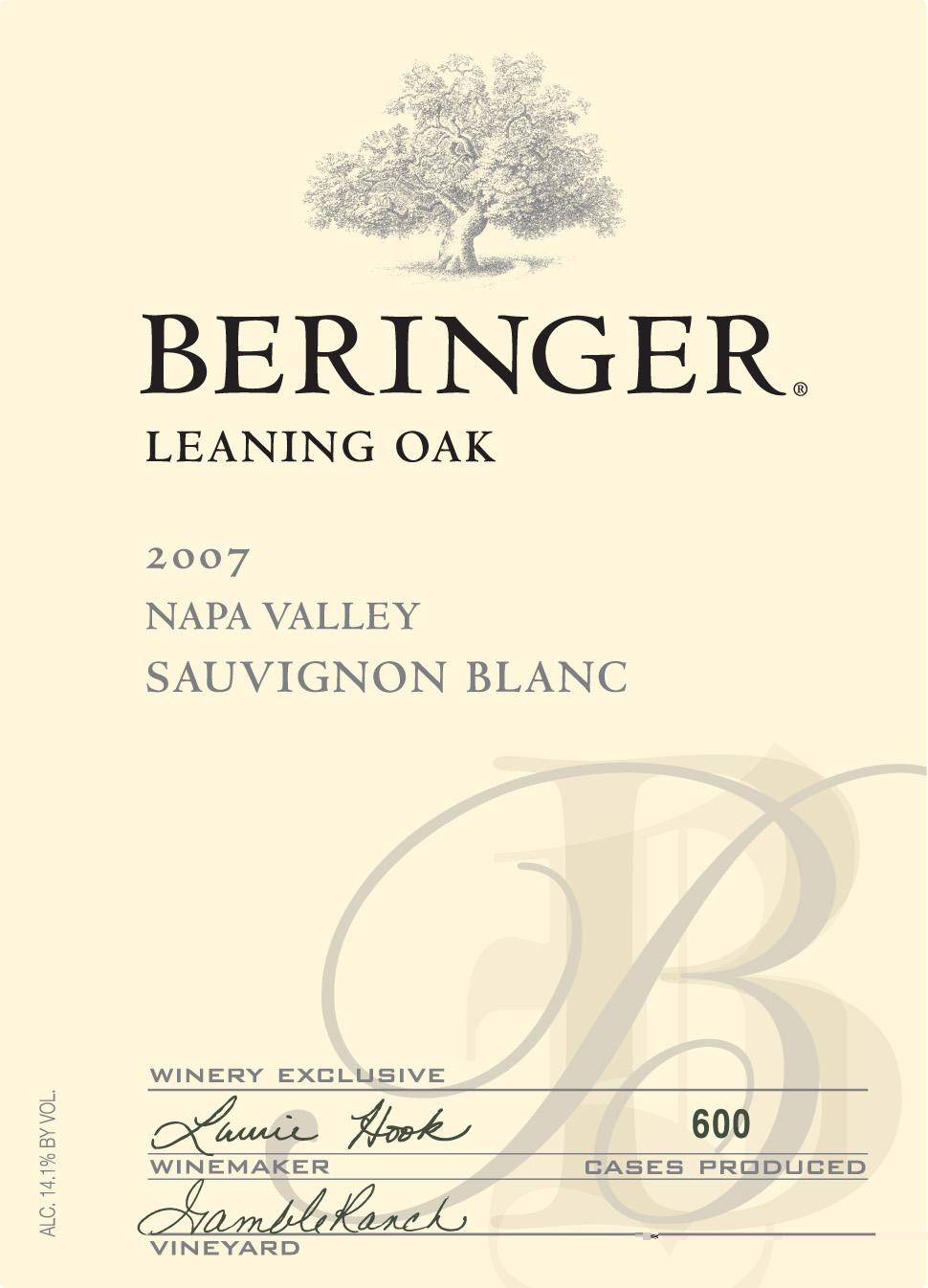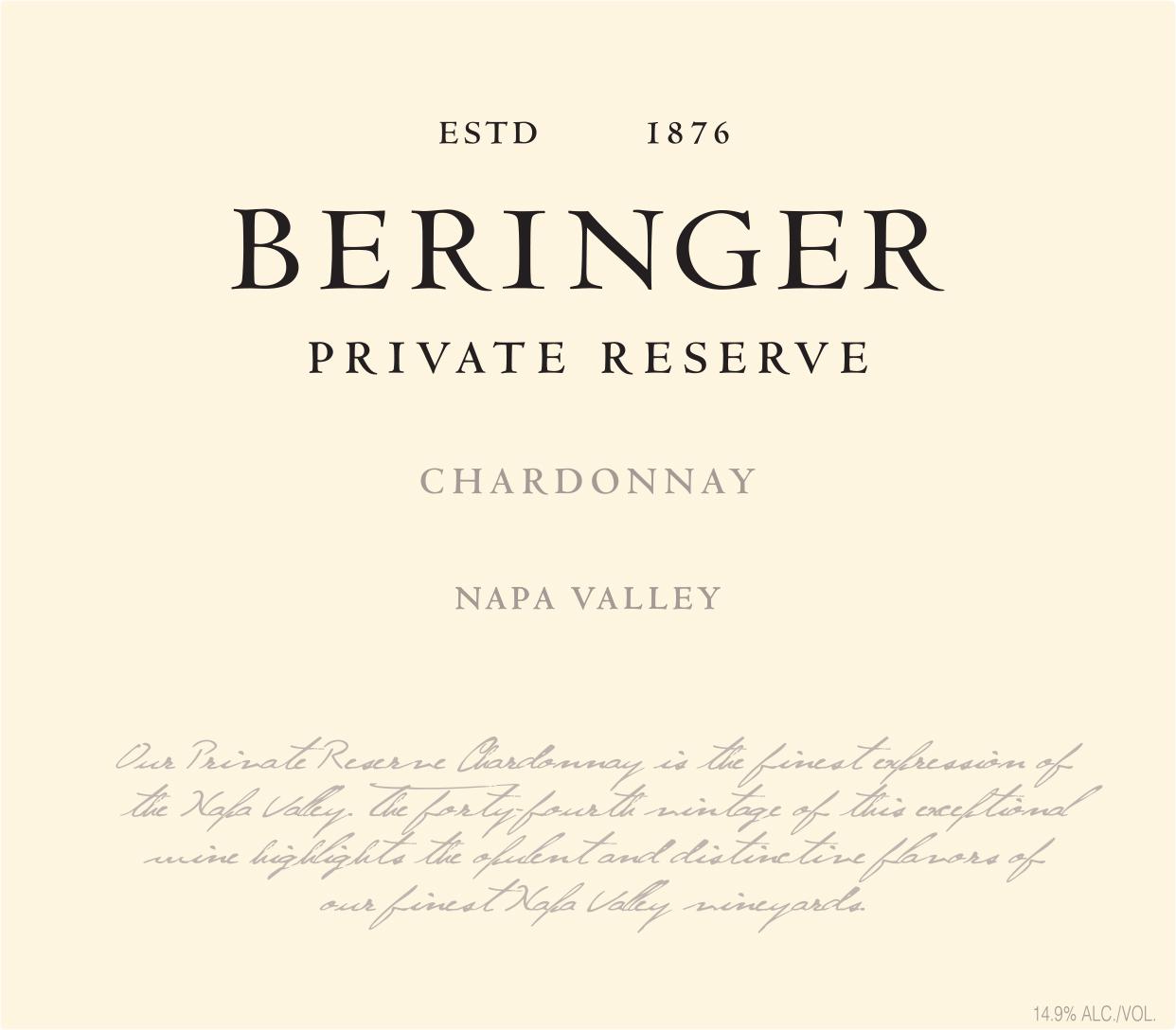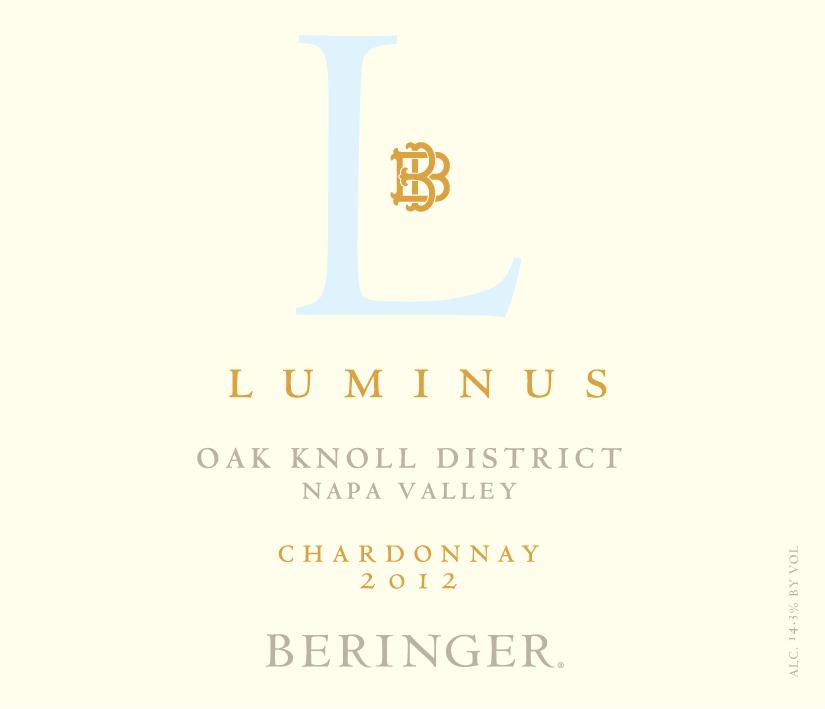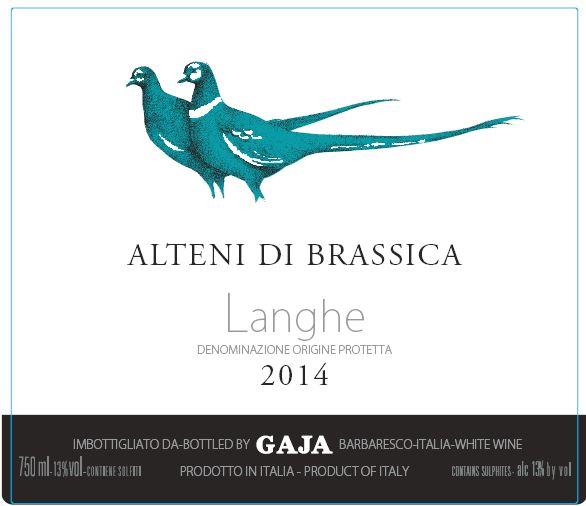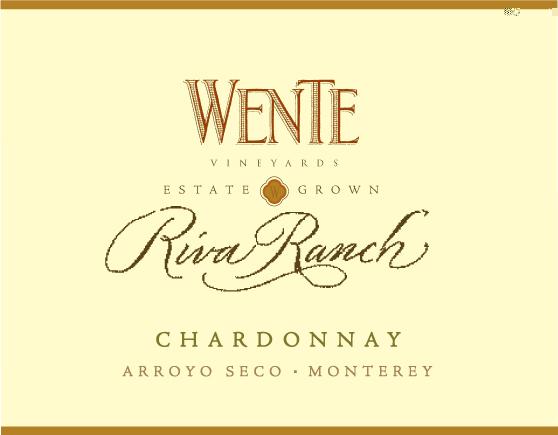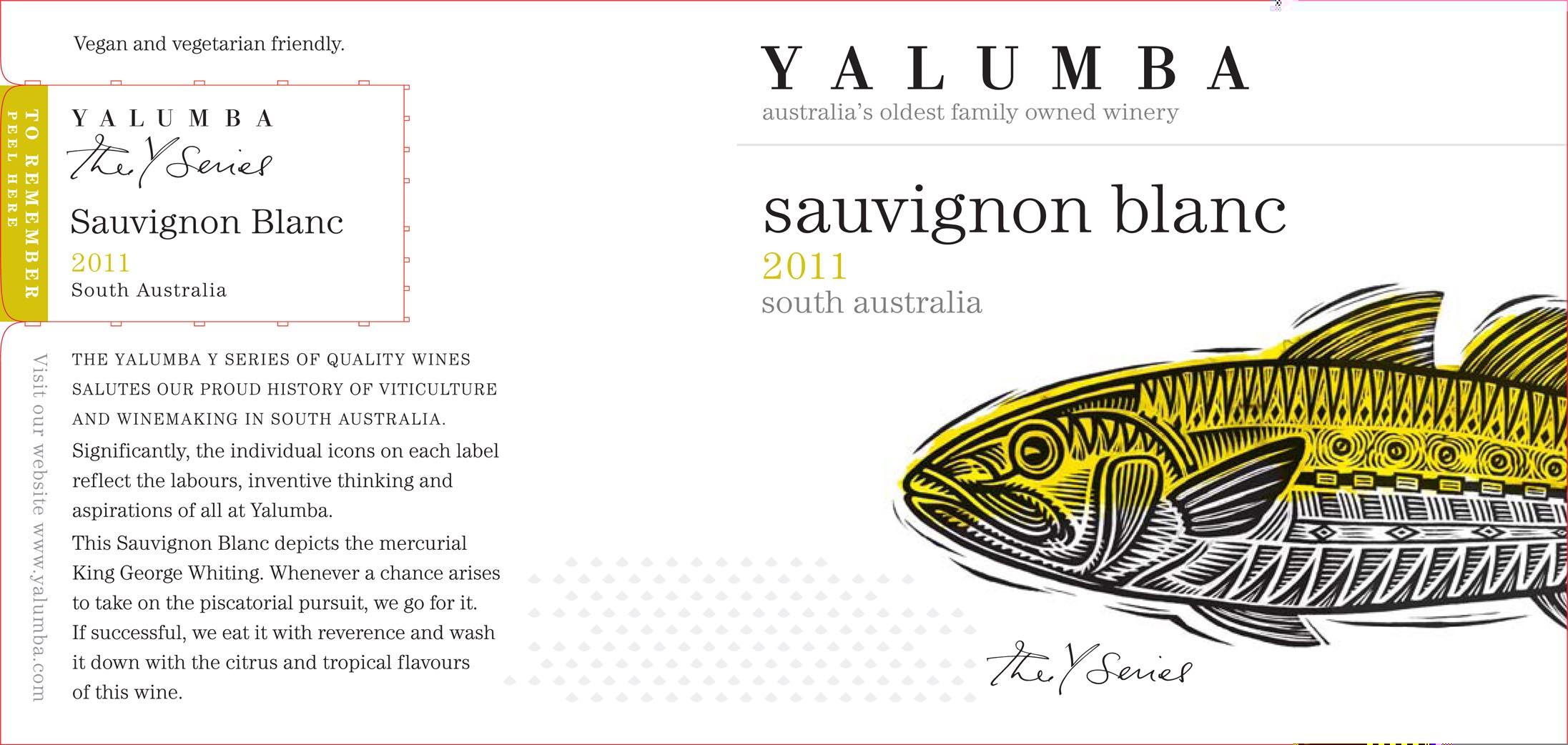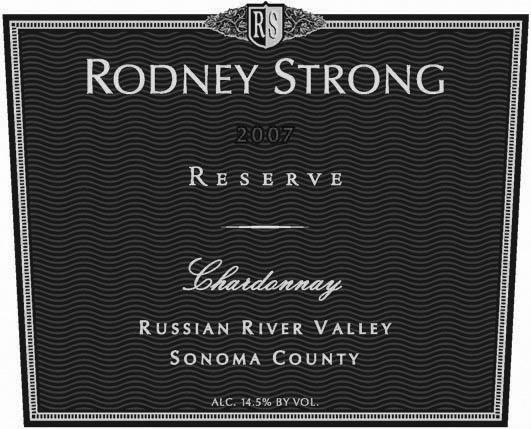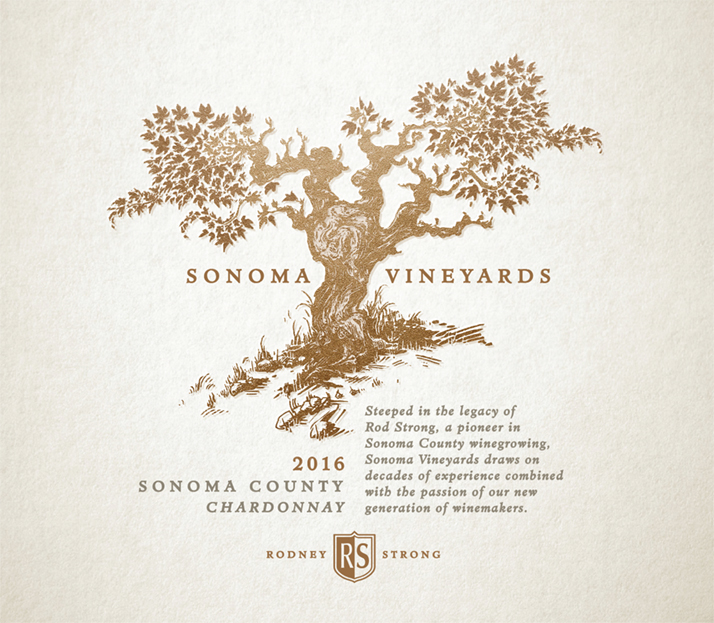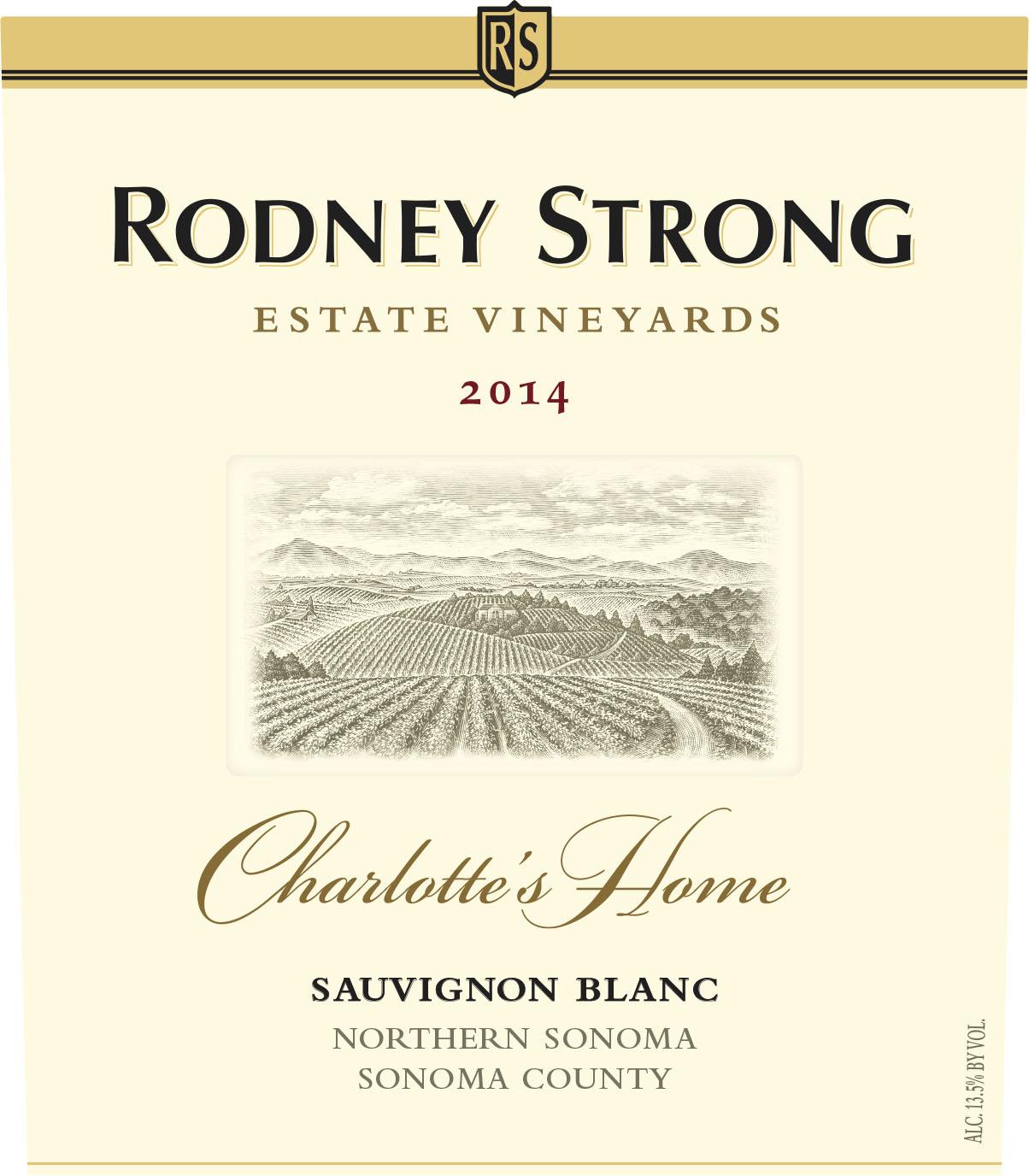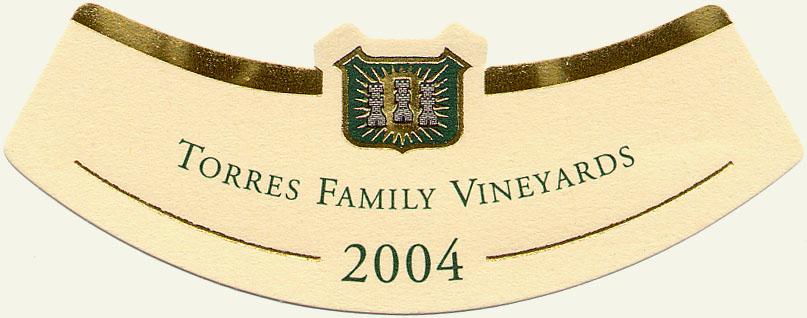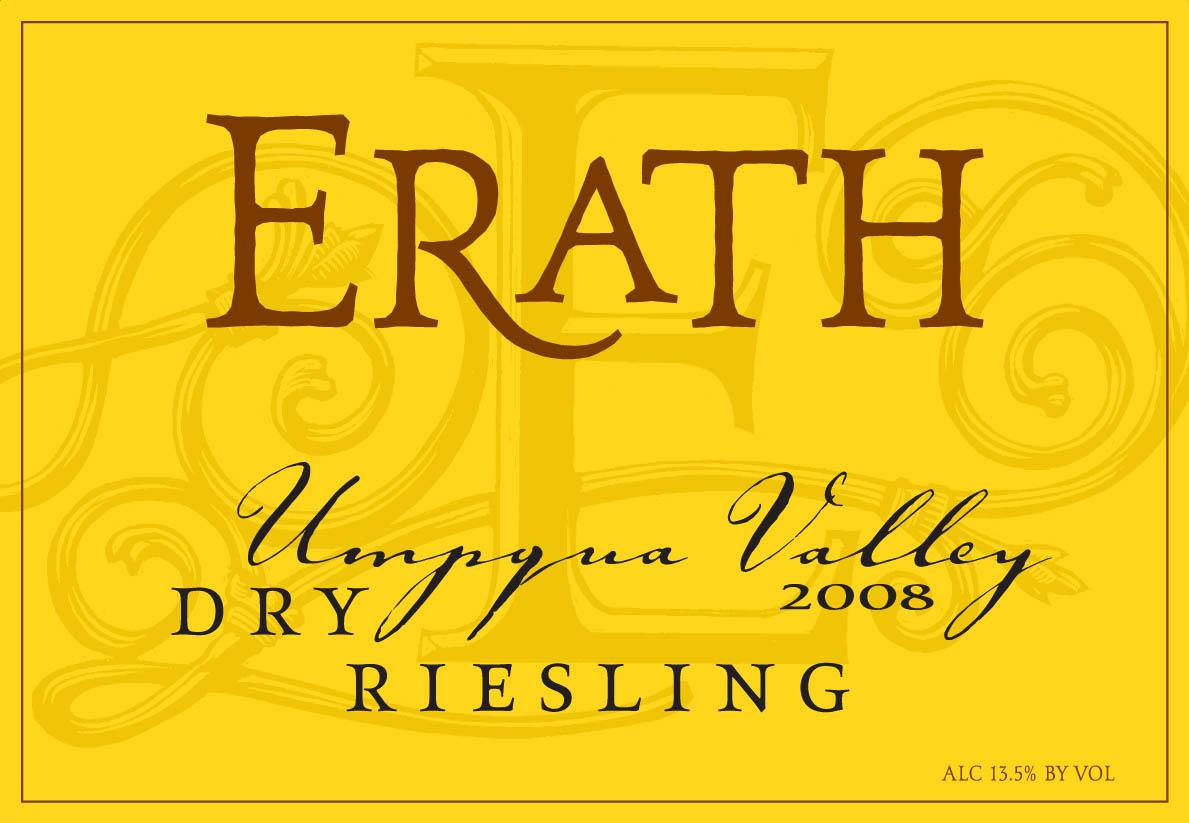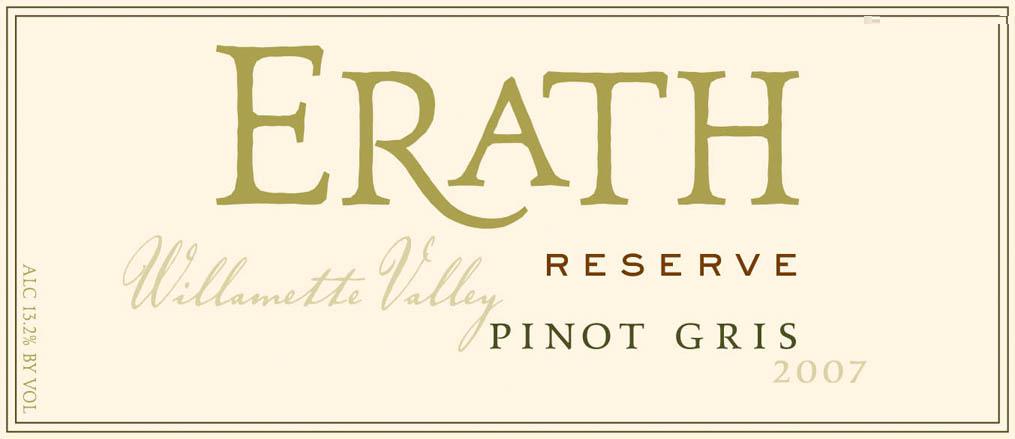Terroir of Lake Michigan Shore AVA
Lake Michigan Shore has a unique terroir influenced by the Great Lakes and soils from glacial origins. The lake's moderating effect softens summer heat and delays fall frosts, extending the growing season by about two weeks. This is ideal for late-ripening grapes such as Merlot, Cabernet Franc, and Pinot Noir.
The region's rolling hills and varied elevations provide natural frost protection. The sandy and gravelly soils, with heavier layers underneath, allow for deep rooting and early spring warming.
With moderate rainfall of 30–35 inches yearly, vineyards usually have enough moisture, though irrigation might be needed during dry periods. This blend of warm growing conditions and lake influence produces wines with rich fruit flavors and balanced acidity, making Lake Michigan Shore a top area for diverse and expressive winemaking.
Notable Wineries in the Lake Michigan Shore AVA
The Lake Michigan Shore AVA, a scenic wine region in southwestern Michigan, boasts a rich history and diverse winemaking. Here are some notable wineries contributing to its charm:
-
St. Julian Winery: Established in 1921, it is Michigan’s oldest winery, known for a variety of wines from fruity to vinifera blends.
-
Round Barn Winery: Recognized for its unique domed tasting room, this winery offers sparkling wines and a stainless-fermented Riesling.
-
Tabor Hill Winery & Restaurant: Opened in 1968, it is famed for its Vidal Blanc, Riesling, and delicious ice wine.
-
Contessa Wine Cellars: Specializes in European-style wines, excelling with dry Pinot Grigio, Pinot Noir, and Cabernet Franc.
-
Dablon Vineyards & Winery: A family-owned winery focusing on reds like Cabernet Franc, with select dessert wines.
Sustainable Winemaking in the Lake Michigan Shore AVA
In the Lake Michigan Shore wine country, sustainability is at the forefront of vineyard practices. Growers are increasingly adopting cover crops and reduced tillage to enhance soil health and prevent erosion. Integrated pest management is reducing chemical usage, while native plant buffers attract beneficial insects.
Water conservation methods like drip irrigation and rainwater collection are widespread, alongside energy efficiencies such as LED lighting and solar panels.
This region is also experimenting with organic and biodynamic techniques. In the winery, efforts to lower the carbon footprint include recycling materials and using lighter glass. Although formal certifications are rare, these initiatives align with state programs that emphasize water quality, habitat preservation, and minimizing inputs. As a result, Lake Michigan Shore AVA is both preserving its natural beauty and producing diverse, expressive wines.
Wine Tourism in the Lake Michigan Shore AVA
Lake Michigan Shore offers a vibrant wine tourism experience, ideal for enthusiasts and explorers alike. The region's wine trail features a collection of tasting rooms from New Buffalo to Holland/Saugatuck, weaving through picturesque routes.
Visitors can enjoy tastings and seasonal events, including harvest festivals and wine-paired dinners, often featuring local ingredients. The wineries collaborate with local farms, creating unique "farm-to-glass" experiences.
The proximity to Lake Michigan's beaches, marinas, and state parks allows for a blend of wine tasting and outdoor activities. Towns like Saugatuck and St. Joseph boast accommodations and attractions, such as art galleries and craft breweries. This combination of natural beauty and wine culture makes Lake Michigan Shore a compelling destination for those interested in wine tourism, offering a diverse array of experiences in a charming lakeshore setting.



